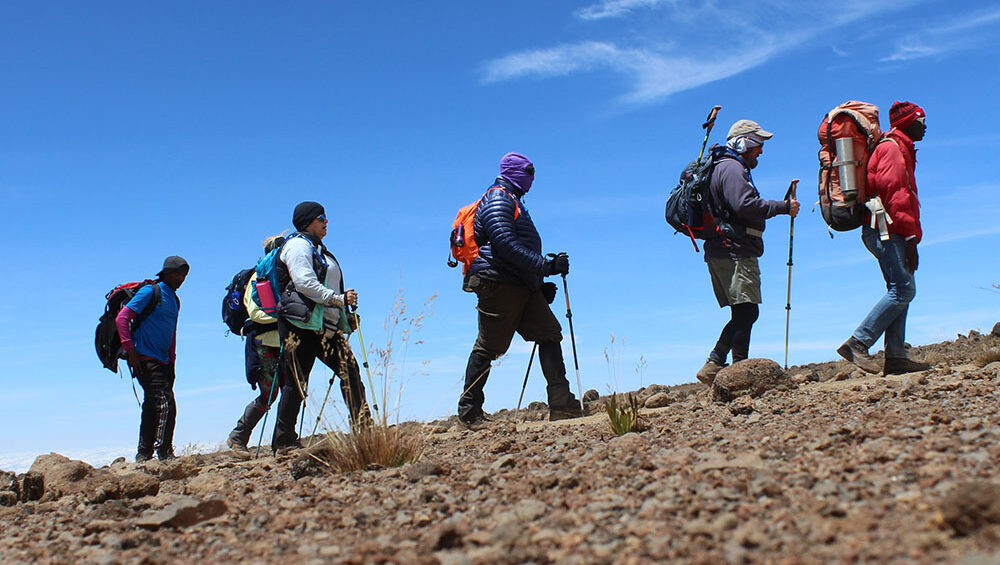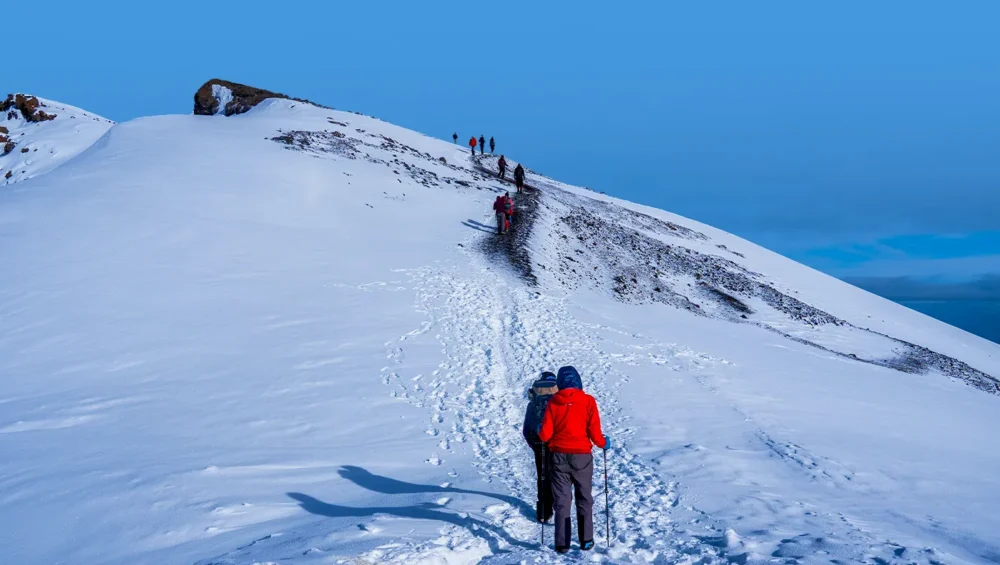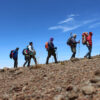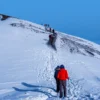Best Time to Climb Kilimanjaro
When is the Best Time to Climb Kilimanjaro? Your Guide to a Successful Summit
One of the most frequent questions we receive from aspiring climbers is, “When is the best time to climb Mount Kilimanjaro?” While it is technically possible to trek the mountain year-round, there are distinct seasons that offer more favorable conditions for a safe, successful, and enjoyable climb.
At Tanzania Footprints Adventures, we want to help you plan your adventure during the ideal window, maximizing your chances of reaching the Uhuru Peak summit and creating memories that will last a lifetime.
Kilimanjaro’s Weather Seasons: A Tale of Two Climates
Located near the equator, Kilimanjaro doesn’t experience the four traditional seasons. Instead, its climate is defined by two primary dry seasons and two rainy seasons. The weather can change dramatically as you ascend through the mountain’s five ecological zones, but the seasons provide a general guideline for what to expect.
1. The Long Dry Season: June to October
This is widely considered the best and most popular time to climb Kilimanjaro.
- Weather: Expect clear, sunny skies and mild temperatures at lower altitudes. The air is crisp, and visibility is excellent, offering breathtaking panoramic views of the surrounding plains and the stunning summit. Rainfall is minimal, making for drier, more comfortable trails.
- Crowds: As this is the peak season, the trails and campsites, especially on popular routes like the Machame and Marangu, will be busier. However, the atmosphere is vibrant and sociable, and our expert guides are skilled at managing the flow to ensure you still have a great experience.
- Verdict: If your schedule allows, this is a prime time for climbing. The stable weather and high success rates make it an excellent choice for a first-time Kilimanjaro trekker.
2. The Short Dry Season: January to Mid-March
This is the second-best window for a Kilimanjaro climb.
- Weather: This period is generally warmer than the long dry season, with clear mornings and evenings. While afternoon clouds and occasional showers can occur, the conditions are typically very good. There’s a higher chance of seeing snow on the summit during these months, which adds to the classic, majestic beauty of the mountain.
- Crowds: Similar to the June-October season, this is a popular time, especially around the New Year holidays, so booking well in advance is highly recommended.
- Verdict: A fantastic alternative to the peak season. The warmer weather at lower elevations and the potential for a snowy summit make this a very rewarding time to climb.
Climbing in the Rainy Seasons: A Different Kind of Adventure
While we generally advise against climbing during the rainy seasons, it is not impossible. It simply requires a different mindset and preparedness.
- The Long Rainy Season: Late March to May
- What to Expect: Heavy and consistent rainfall. Trails become muddy, slick, and more challenging to navigate. Visibility is often poor due to thick clouds and fog, which can obscure views.
- The Upside: The mountain is much quieter, offering a more solitary experience. The lower slopes are incredibly lush and green. If you’re an experienced and adventurous trekker who isn’t bothered by rain, this can be a unique option. The northern routes, such as the Rongai, typically receive less rain and can be a better choice during this time.
- The Short Rainy Season: November to Early December
- What to Expect: The “short rains” are less intense than the long rains. You can expect afternoon showers, but mornings and evenings are often clear.
- The Upside: The mountain is much less crowded, and you can still have a great climb if you’re prepared for wet conditions.
Special Considerations for Your Climb
- Full Moon Climbs: Many people aim to summit during a full moon. The moonlight on the snow-capped peak and glaciers can be a truly magical experience, often bright enough to trek without a headlamp.
- Your Personal Schedule: Ultimately, the “best” time to climb is when it works for your schedule. Our team at Tanzania Footprints Adventures is here to guide you and provide the necessary gear and support, no matter the season. We will work with you to ensure you have the safest and most successful climb possible.
Ready to plan your unforgettable journey to the summit of Africa? Contact Tanzania Footprints Adventures today, and we’ll help you pick the perfect time to make your Kilimanjaro dream a reality.




